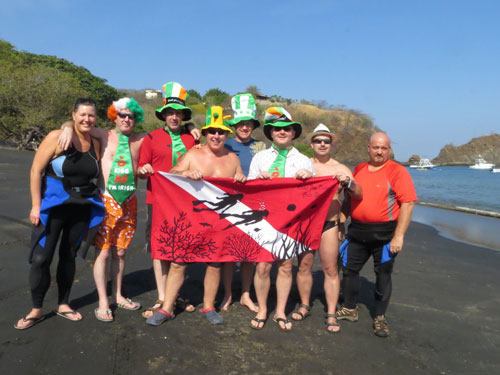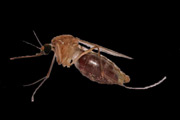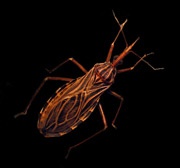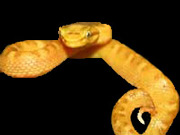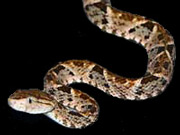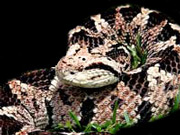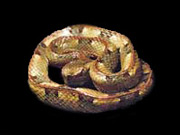www.adcdiving.be © Dirk Wuyts Add this page to your Favorites Welcome to our diving website and travel stories
Travel to Costa Rica in Central AmericaDutch - Nederlands |
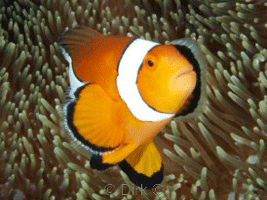 Like and share this travel story and diving with photos of Costa Rica with your friends on Facebook |

